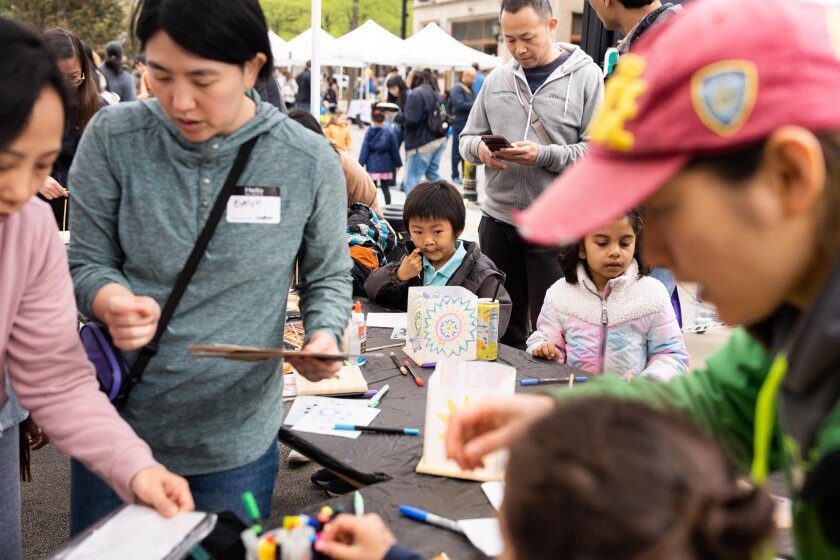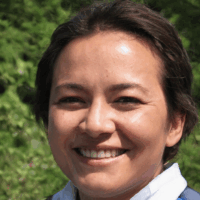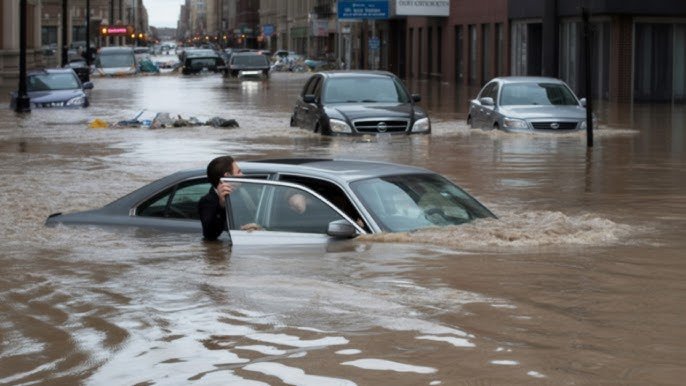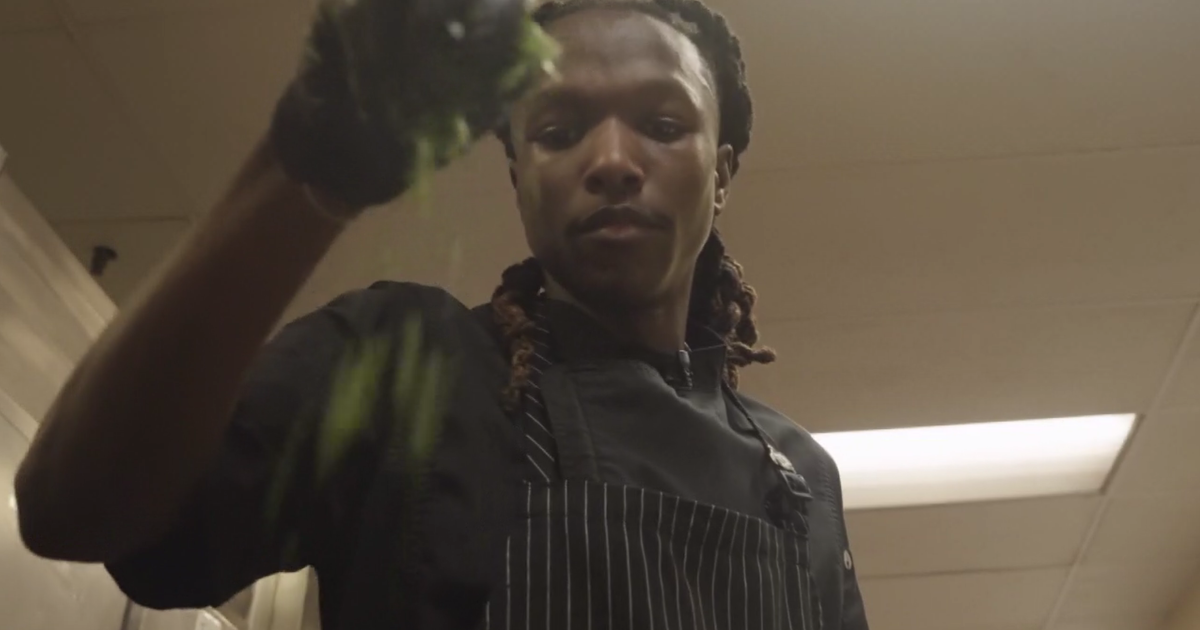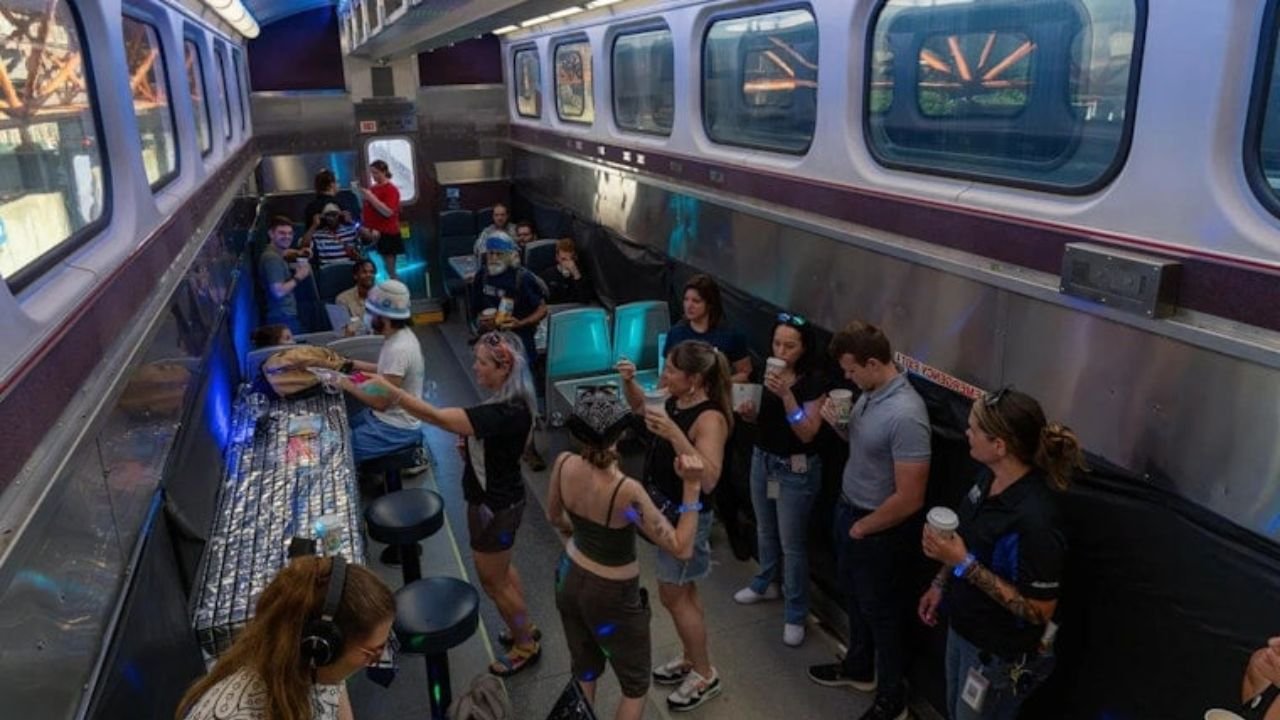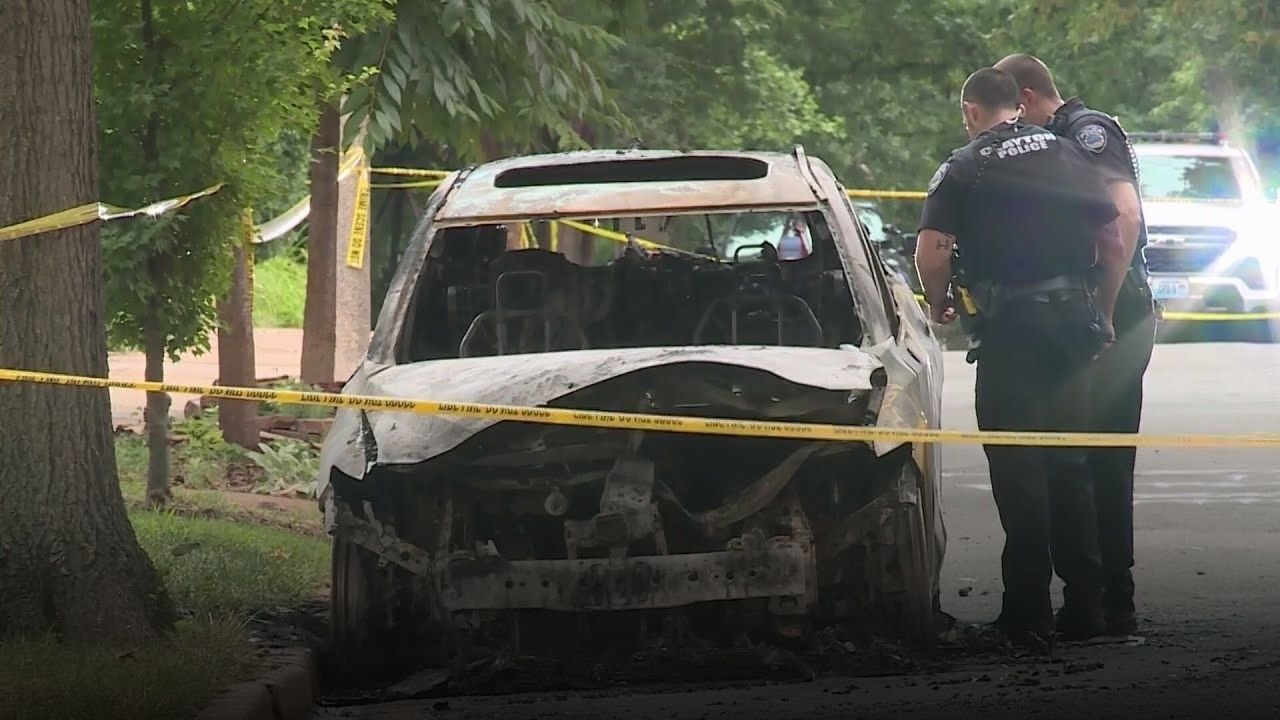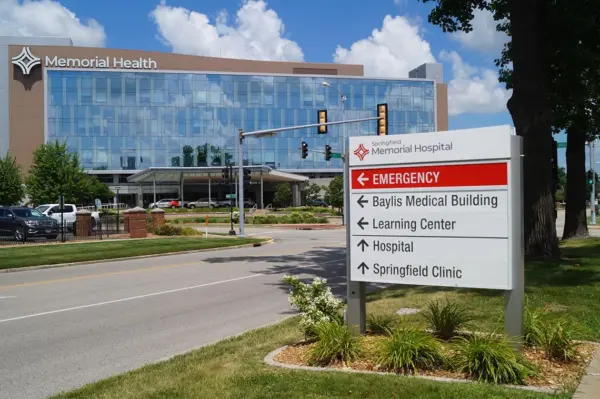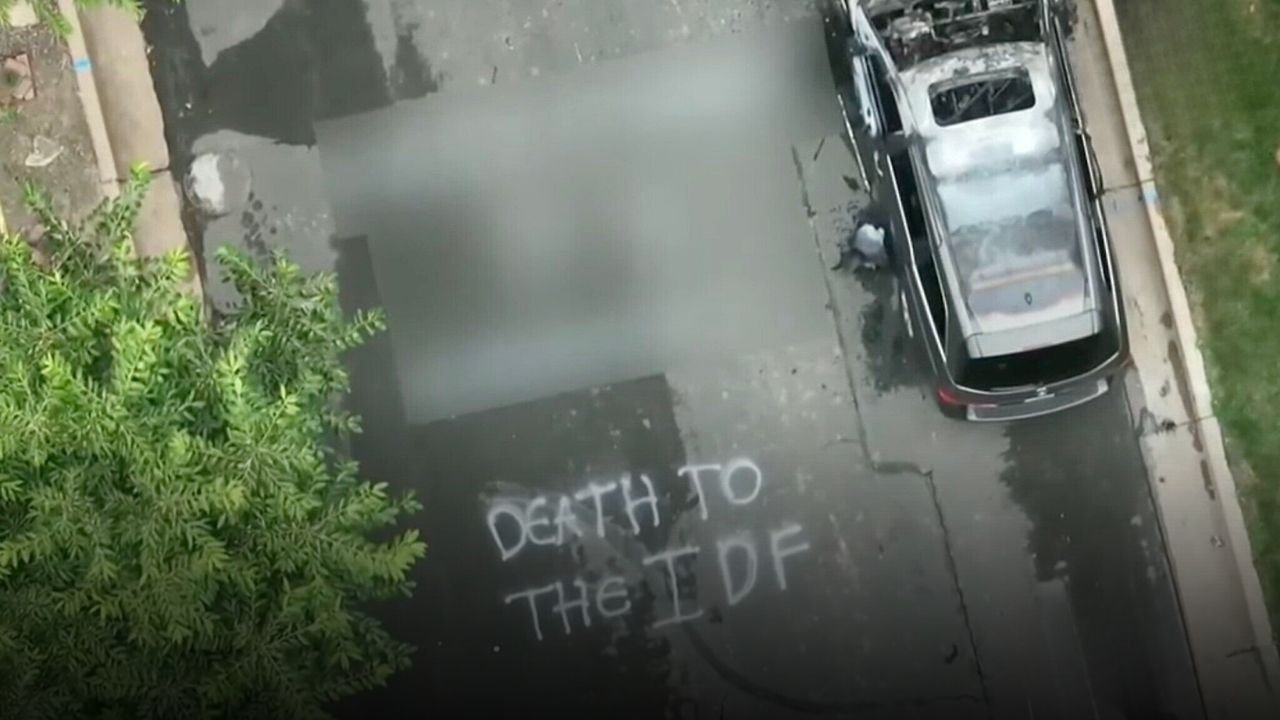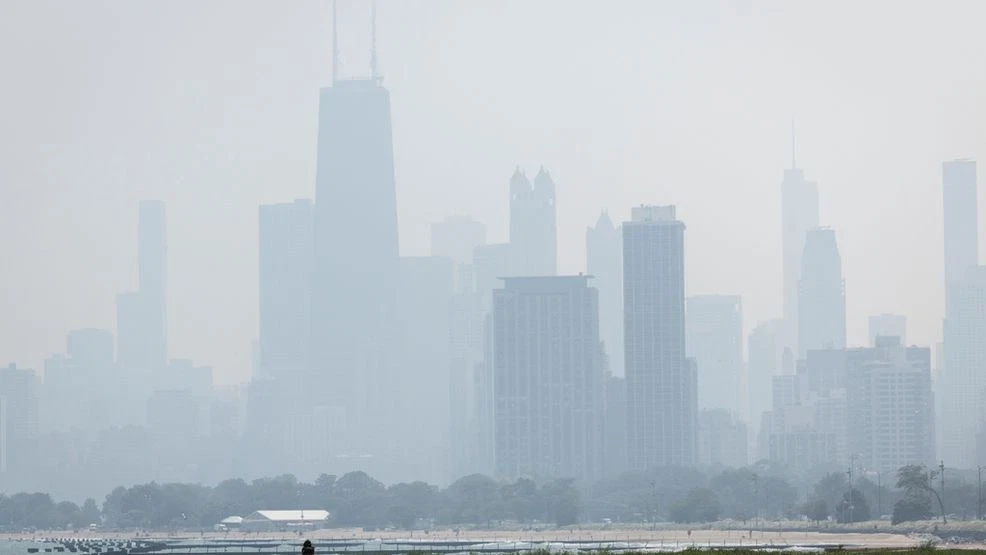CHICAGO — New U.S. Census Bureau estimates show that Chicago’s Asian population is growing faster than any other racial or ethnic group in the region — rising by more than 11% since 2020, even as the metro area’s overall population remains relatively flat.
In 2024, around 764,000 Asian residents live in the 14-county metro area — an increase of nearly 80,000 people compared to 2020. This growth rate more than doubles the next fastest-growing group and comes at a time when both the white and Black populations in the area have declined.
Latino Population Also Rises as Others Decline
The number of Latino residents in metro Chicago also increased — from approximately 2.22 million in 2020 to over 2.32 million in 2024. In contrast, the white population fell from 4.83 million to 4.64 million, and the Black population dropped from 1.56 million to 1.5 million.
The Chicago metro area spans 14 counties — including nine in northeastern Illinois, four in northwest Indiana, and one in southeastern Wisconsin.
This population shift was detailed in the Chicago Sun-Times, based on a WBEZ data review.
Most Asian Residents Are First-Generation Immigrants
About two-thirds of Asian residents in metro Chicago are foreign-born, according to Census data analyzed by the University of Minnesota. The top two countries of origin are India and the Philippines, accounting for 33% and 21%, respectively, of the foreign-born Asian population.
Other significant source countries include China, Korea, Pakistan, and Vietnam — each contributing tens of thousands of immigrants to the region. This diversity shapes a vibrant cultural presence across neighborhoods and contributes to the city’s growing international identity.
Nonwhite Majority Among Youngest Residents
The region’s demographic makeup also varies significantly by age. In 2024, most residents under age 55 are nonwhite, while those over 55 remain predominantly white.
Among people under 25:
-
40% are white
-
32% are Latino
-
16% are Black
-
8% are Asian
-
3% are multiracial
These figures suggest that future generations in metro Chicago will reflect far more racial and ethnic diversity than older generations — highlighting both opportunities and challenges for education, housing, healthcare, and civic representation.
Do you see these demographic shifts reflected in your neighborhood? Share your story at ChicagoSuburbanFamily.com.

